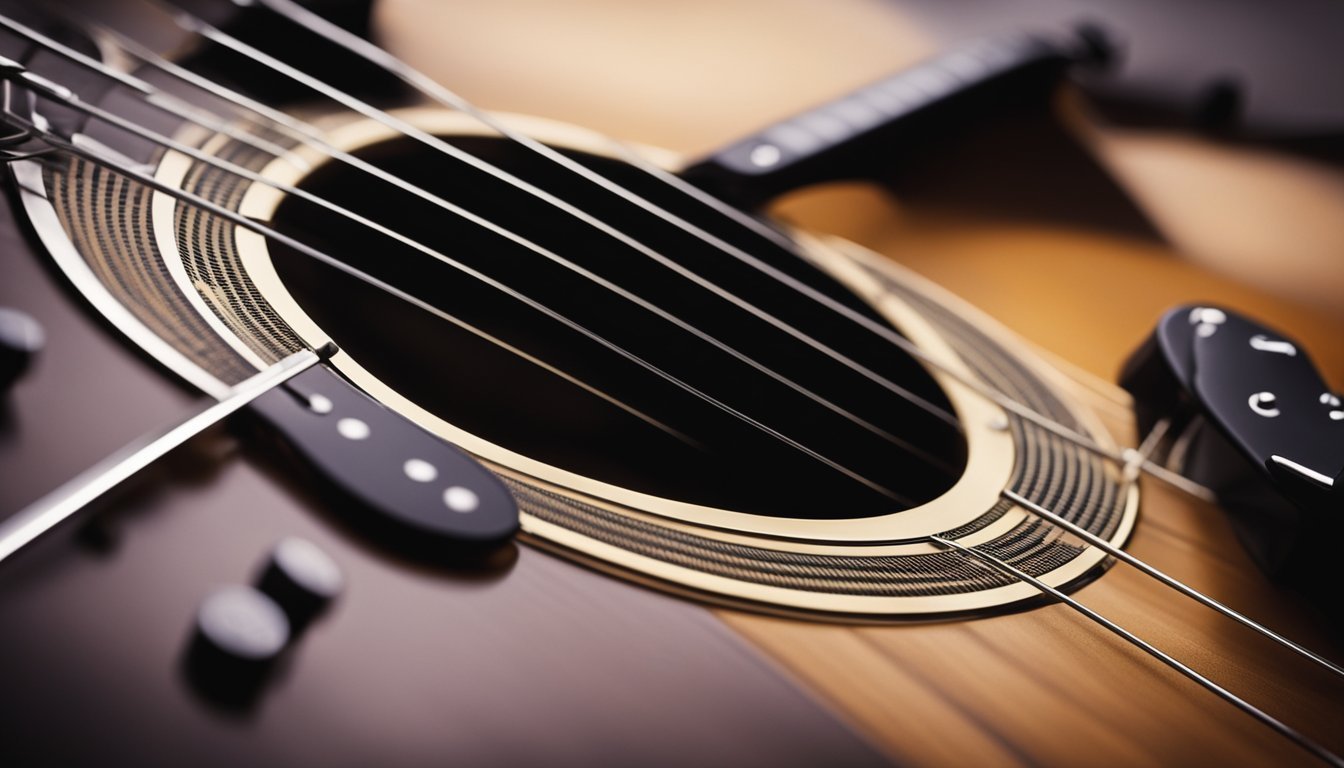Introduction to Altered Chords
Don’t let the thought of altered chords daunt you! These fascinating shapes can add a layer of captivating tension to your guitar playing.
In this guide, we’ll explore five captivating chords that introduce a hint of dissonance to your guitar toolkit.
Previously, we broke down the differences between extended and altered chords, and now it’s time to see how these altered variations come to life in practice.
Playing the guitar skillfully blends music theory with hands-on technique, which can sometimes feel intimidating.
The examples below highlight five chords, four of which include an alteration—either a raised or lowered note—compared to their ‘parent’ scale.
One chord, however, remains unaltered, and we’ll pinpoint that shortly.
You might be surprised at how easy it is to create those eerie “murder mystery” sounds without getting your fingers all twisted! Unlike a piano, where everything lines up neatly, the guitar’s chords can seem scattered along the fretboard, which can be disorienting.
Fortunately, many altered chords can be played using familiar finger positions.
Let’s dive in! By experimenting with these altered chords, you can unlock a new realm of creativity and emotion in your playing.
This exploration not only enhances your skills but also pays homage to the musical legacy of a legendary guitar, often seen as a vehicle for innovation in sound.
As you delve into these haunting tones, you’ll find that each strum can tell a story, just like the great musicians who came before you.
Chasing Chords Examples
Chasing Chords: Example 1 – A7(#5) At first glance, this chord emerges from the classic A7 shape, but it cleverly skips the typical fifth (E) found on the fifth string.
Instead, let’s focus on the second string, where we spot a raised fifth (F).
You might see this referred to as A7(aug 5) in your chord charts, so now you’ll recognize it easily!
Chasing Chords: Example 2 – D7B9 Typically, this chord fits into the D9 category.
When played from the lowest to highest string, you’ll hear: the root (D), major third (F#), dominant seventh (C), followed by the flatted ninth (Eb).
The inclusion of Eb is what gives it that altered status.
After playing this following a D7(#9) and shifting to E minor, you may even catch a whiff of Pink Floyd’s classic tune “Breathe.”
Chasing Chords: Example 3 – GM/MAJ7 Here’s a twist on the Gm7 chord: instead of the dominant seventh (F), we introduce a major seventh (F#).
This chord stands out as our unique outlier! While a minor third doesn’t get classified as “altered,” nor do the dominant or major seventh notes, it still makes for a beautiful addition to your chord collection.
Chasing Chords: Example 4 – C9(#11) When you strum this chord and drag your pick down slowly, it initially mimics a standard C9 chord.
Yet, pay close attention to the first string, revealing a raised F# instead of the familiar F from the C major scale.
This subtle adjustment transforms it into an altered chord, providing a richer sound than you’d get with just a standard eleventh (F) on top.
Chasing Chords: Example 5 – AMAJ7(#5) The Amaj7(#5) chord makes a bold statement by elevating the fifth from E to F on the second string.
This tweak shifts your sound from sweet ballads to the captivating realm of “murder mystery.” Don’t forget—if you were to layer in a dominant seventh (G) here, you’d revert to the A7(#5) we discussed earlier.
Conclusion
To wrap it up, delving into altered chords offers endless creative potential for your guitar playing, enriching your sound with tension and intrigue.
Embrace these new shapes, and enjoy the journey of expanding your musical landscape!

